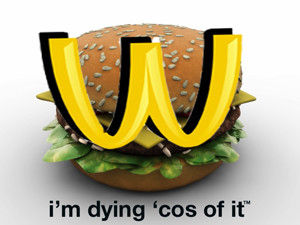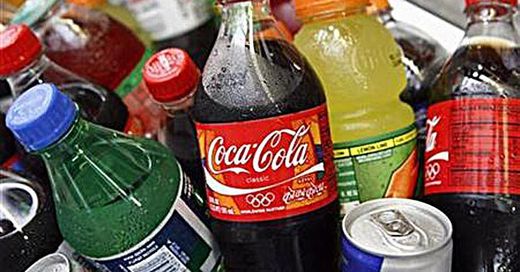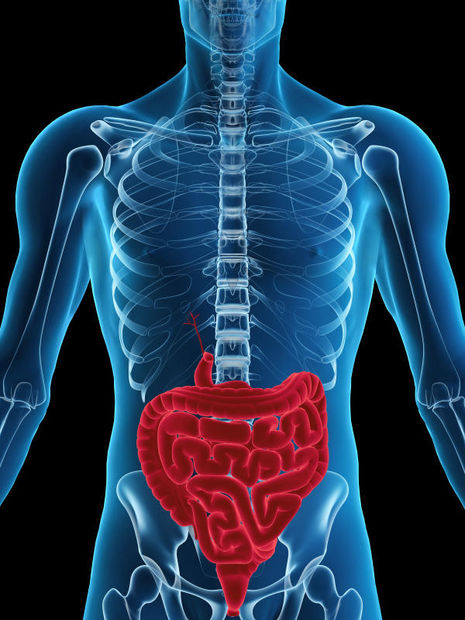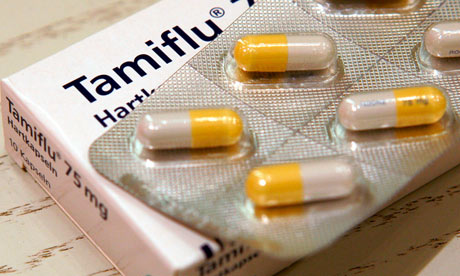To some, a ketogenic diet amounts to nothing less than a drug-free cancer treatment.
The diet calls for eliminating carbohydrates, replacing them with healthy fats and protein.The premise is that since cancer cells need glucose to thrive, and carbohydrates turn into glucose in your body, then cutting out carbs literally starves the cancer cells.
This type of diet, in which you replace carbs with moderate amounts of high quality protein and high amounts of beneficial fat, is what I recommend for everyone, whether you have cancer or not.
It's simply a diet that will help optimize your weight and health overall, as eating this way will help you convert from carb burning mode to fat burning.Ketogenic diet may be key to brain cancer recoveryThe featured video shows Thomas Seyfried, Ph.D, who is one of the leaders in teasing the details of how to treat cancer nutritionally. I am scheduled to interview him shortly and hope to have that interview up later this year. In the video, Professor Seyfried discusses how, as a metabolic disorder involving the dysregulation of respiration, malignant brain cancer can be managed through changes in the metabolic environment.
"In contrast to normal neurons and glia, which transition to ketone bodies (beta-hydroxybutyrate) for respiratory energy when glucose levels are reduced, malignant brain tumors are mostly dependent on non-oxidative substrate level phosphorylation due to structural and functional abnormalities in mitochondria. Glucose and glutamine are major fuels for malignant cancer cells. The transition from glucose to ketone bodies as an energy source is an ancestrally conserved adaptation to food deprivation that permits the survival of normal cells during extreme shifts in nutritional environment. Only those cells with a flexible genome, honed through millions of years of environmental forcing and variability selection, can transition from one energy state to another. We propose a different approach to brain cancer management that exploits the metabolic flexibility of normal cells at the expense of the genetically defective and metabolically challenged. This evolutionary and metabolic approach to brain cancer management is supported from studies in orthotopic mouse brain tumor models and from case studies in patients.
Calorie restriction and restricted ketogenic diets (R-KD), which reduce circulating glucose levels and elevate ketone levels, are anti-invasive, anti-angiogenic, and pro-apoptotic towards malignant brain cancer."1
Current conventional cancer treatment typically involves chemotherapy and radiation therapy. Chemotherapy is a cytotoxic poison, and radiation is devastating to the human body. More often than not, the treatment is what eventually kills the patient. This can no longer be accepted as "the best we can do." As Dr. Seyfried says:
"The reason why we have so few people surviving is because of the standard of care. It has to be changed, if it's not changed, there will be no major progress. Period."










Comment: More documentation that High Fructose Corn Syrup (HFCS) is Evil and bad for the brain!
5 Reasons High Fructose Corn Syrup Will Kill You
High-Fructose Corn Syrup is Evil: 7 Key Findings
Is High Fructose Corn Syrup Turning Us Into Mad Hatters?
Here's What A Lifetime's Worth of Corn Syrup Consumption Looks Like
This is your brain on sugar: high-fructose diet sabotages learning, memory
New research shows long term high-fructose corn syrup diet alters learning and memory
How Sweet It Isn't! Cutting Through the Hype and Deception of High Fructose Corn Syrup